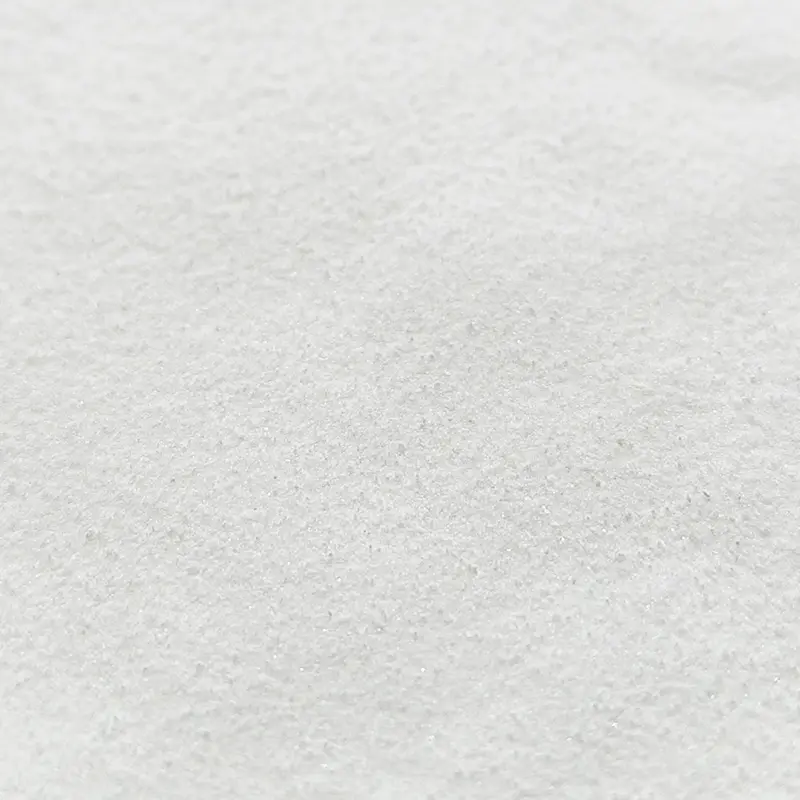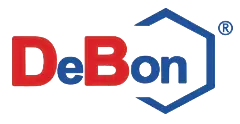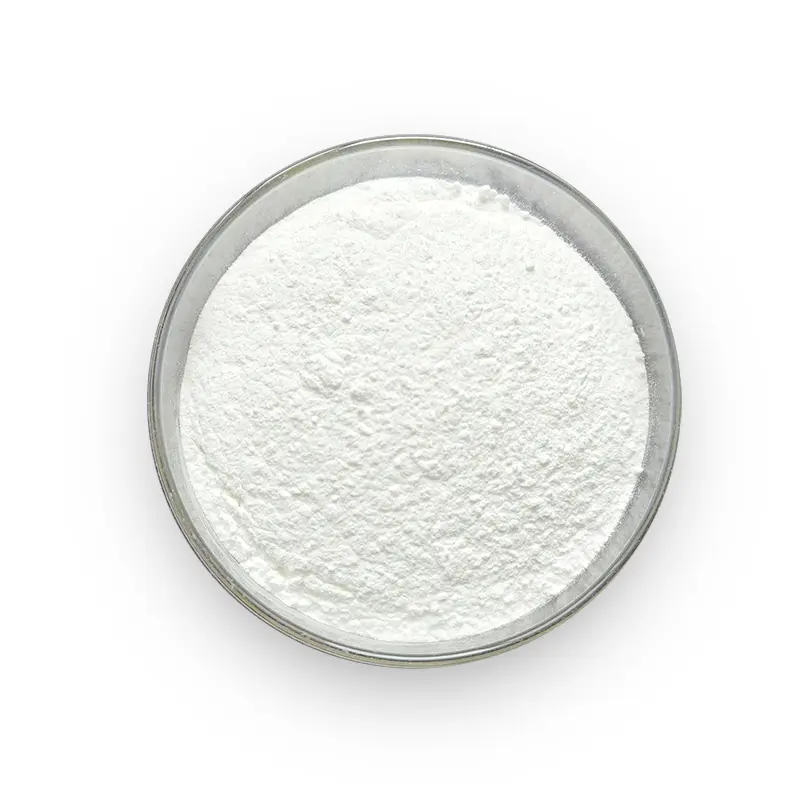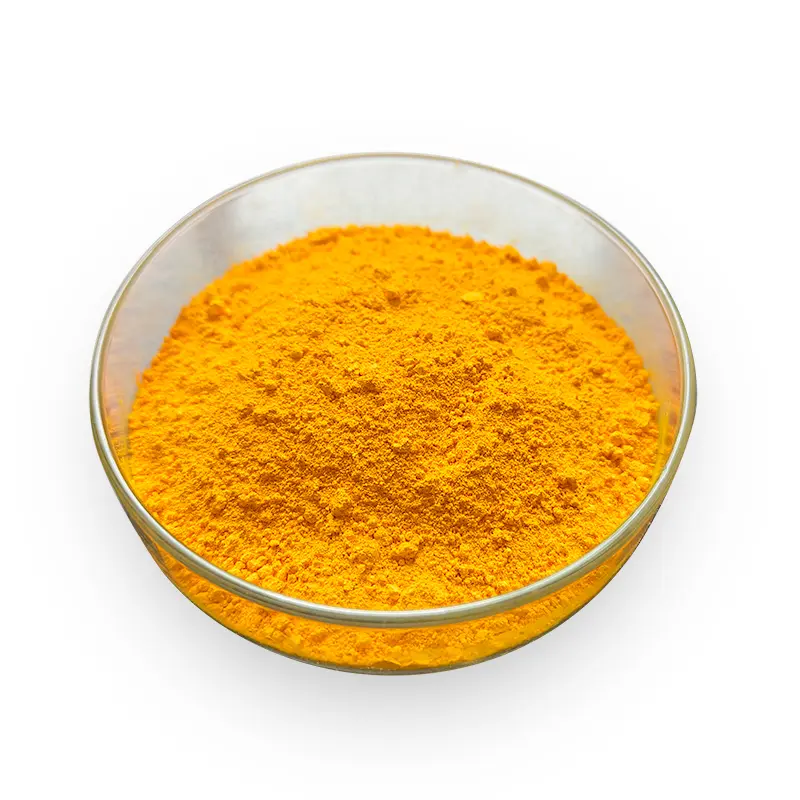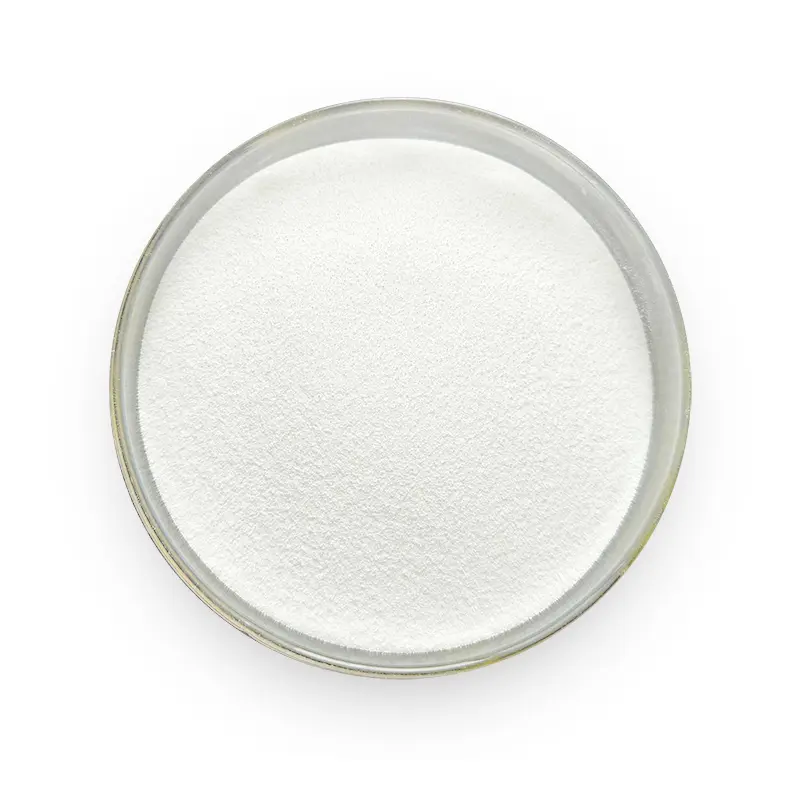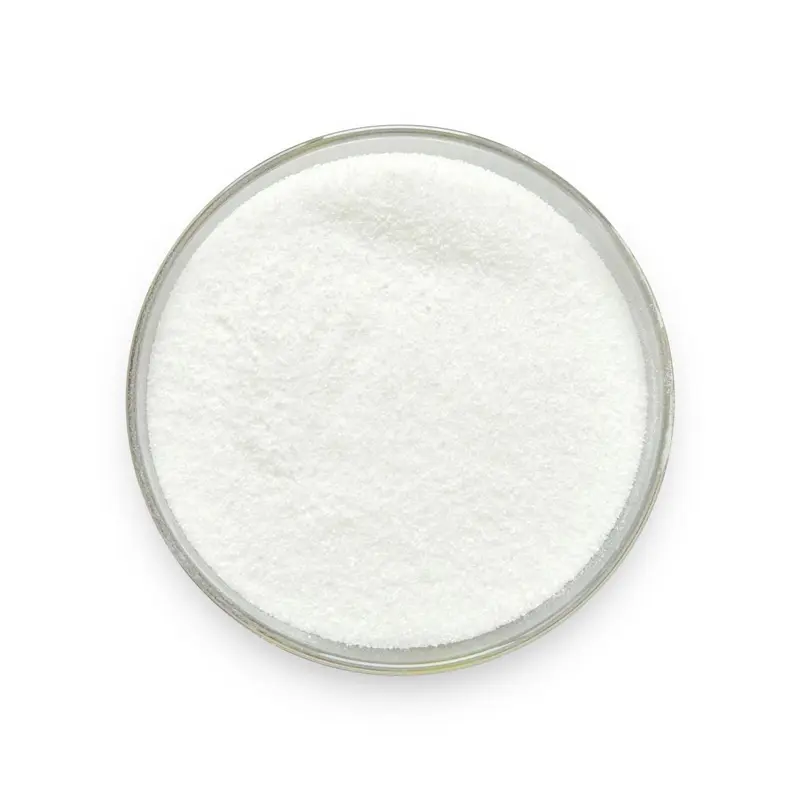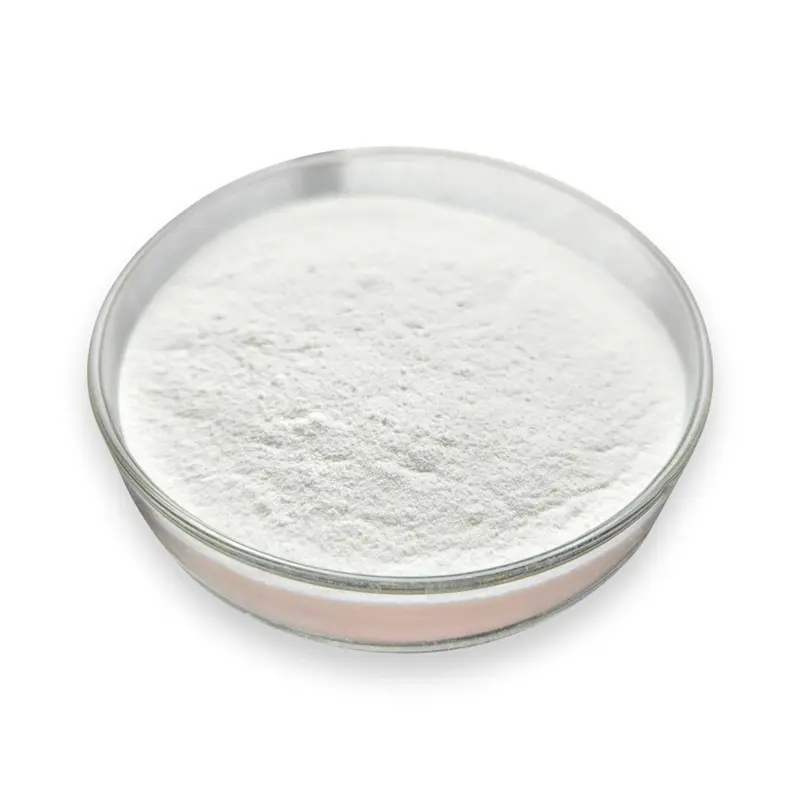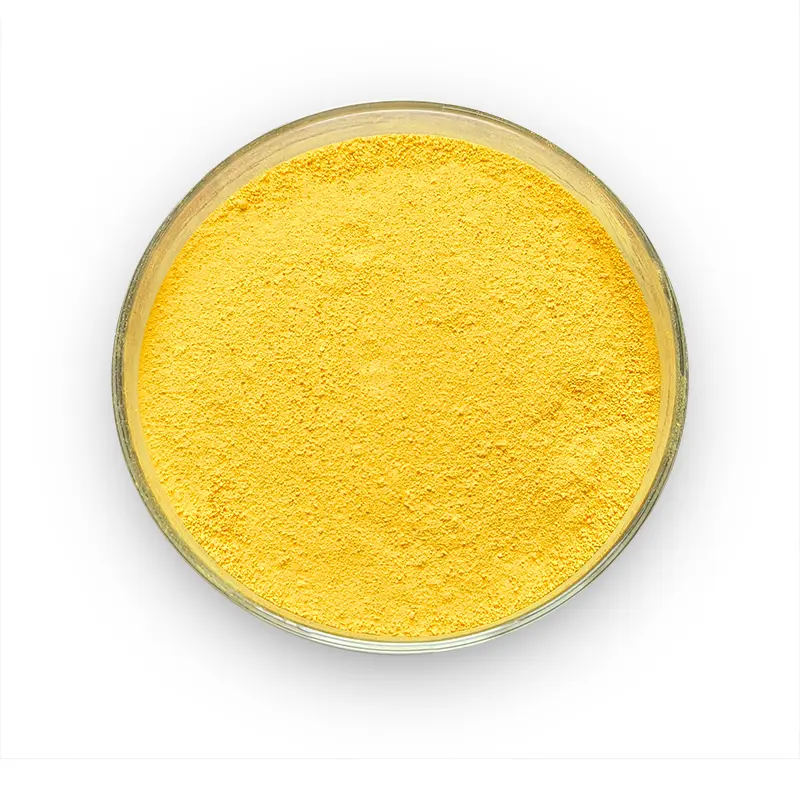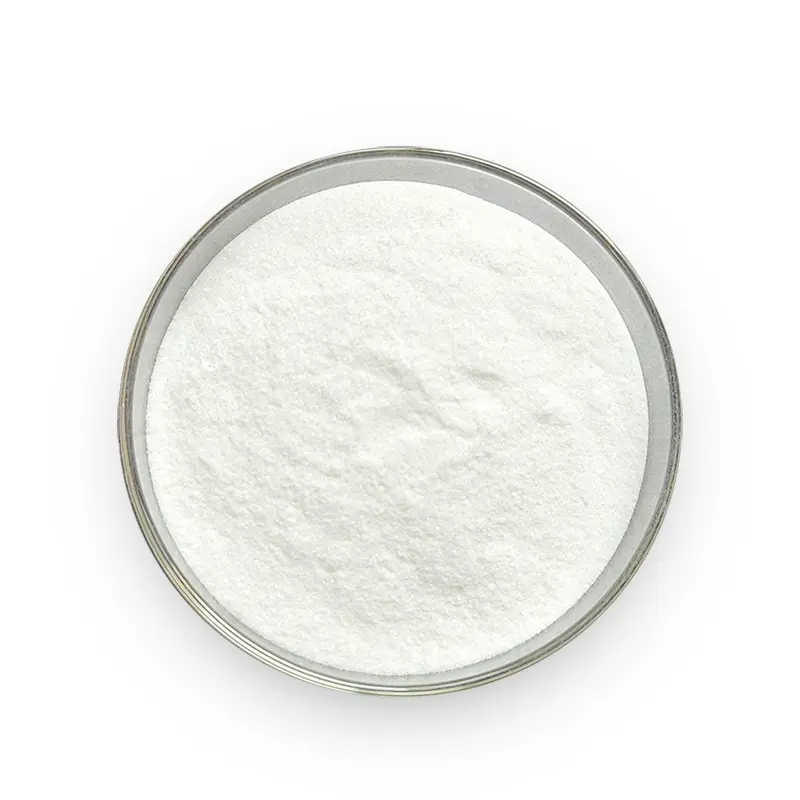DeBon Advanced Fast-Acting Vitamin B5 (D-Calcium Pantothenate) Feed Additive
Product Specifications
| Product Name | Vitamin B5 ( D-calcium Pantothenate) |
| CAS No. | 634-09-5 (generic for D-Calcium Pantothenate) |
| Specification |
Calcium Pantothenate (C₁₈H₃₂CaN₂O₁₀): 98.0–104.0% (on dried basis)
Calcium (Ca): 8.2–8.6% Nitrogen (N): 5.7–6.0% Specific Rotation ([α]₂₀ᴰ): +25.0° to +28.5° Loss on Drying: ≤5.0% Heavy Metals (as Pb): ≤0.002% Methanol: ≤0.3% |
| Appearance | White, odorless powder. |
| Microbiological Standards |
Total Plate Count: ≤100 CFU/g Yeast & Mold: ≤10 CFU/g
E. coli, Salmonella, Staphylococcus aureus: Not detected. |
| Compliance Standard | GB/T 7299-2006 (China National Standard). |
Functions
D-Calcium Pantothenate (Vitamin B5) is essential for:
Supporting energy metabolism and fatty acid synthesis in animals.
Enhancing immune function and stress resistance.
Promoting healthy skin, fur/feather quality, and overall growth performance.
Storage & packing
Storage Conditions
Store in a cool, dry, and well-sealed container.
Protect from moisture, direct sunlight, and high temperatures.
Do not store with toxic or hazardous substances.
Packaging
Net Weight: 25 kg per bag.
Shelf Life:24 months.
Usage and Dosage
Add to feed according to GB/T 7299-2006 or nutritionist guidance.
Recommended Dosage (as Vitamin B5, in mg/kg feed):
Swine (Starter/Growing): 10–15
Laying Hens: 20–25
Broilers: 20–25
Fish: 20–50
Conversion: 1 mg D-Calcium Pantothenate ≈ 0.92 mg active Vitamin B5.
FAQs
1. What are the key roles of D-Calcium Pantothenate in animal nutrition?
D-Calcium Pantothenate (Vitamin B5) is essential for energy metabolism, fatty acid synthesis, and adrenal function in livestock. It improves feed conversion efficiency in poultry, supports hoof health in ruminants, and reduces stress-related losses in swine. As a coenzyme A precursor, it is critical for cellular energy production.
2. How stable is D-Calcium Pantothenate during feed processing?
• Heat Stability: Retains 90% activity after pelleting at 85°C for 3 minutes.
• pH Sensitivity: Stable in pH 4–7.5. Avoid alkaline premixes (pH >8) without acid buffers.
3.Can it be mixed with choline chloride or trace minerals?
Compatible:
Choline chloride (<50% concentration)
Zinc sulfate, Manganese oxide
Incompatible:
Copper sulfate (>200 ppm): Chelation reduces bioavailability – use coated copper sources.
Strong oxidizing agents (e.g., potassium iodate): Degrades pantothenate – add antioxidants (e.g., BHT).
Compatibility
Compatible With:
| Category | Examples | Best Practice |
| Vitamins | B1 (Thiamine), B7 (Biotin) | Add B5 after B1 in mixing sequence |
| Antioxidants | Vitamin E, Ethoxyquin | Prevents oxidative degradation |
| Acidifiers | Fumaric acid, Lactic acid | Stabilizes in acidic premixes (pH 5–6) |
| Enzymes | Phytase, Xylanase | No interference observed |
Incompatible With:
| Substance | Risk | Mitigation Strategy |
| Alkaline additives (e.g., limestone) | pH-induced degradation | Pre-mix with acidifiers (target pH 5–6) |
| High-dose iron (Fe >400 ppm) | Chelation reaction | Use organic iron (e.g., Fe proteinate) |
| Sulfonamides | Absorption antagonism | Administer 3 hours apart from feed |
| Ethanol (liquid feed systems) | Solubility conflict | Use dry premix or post-fermentation addition |
product details


